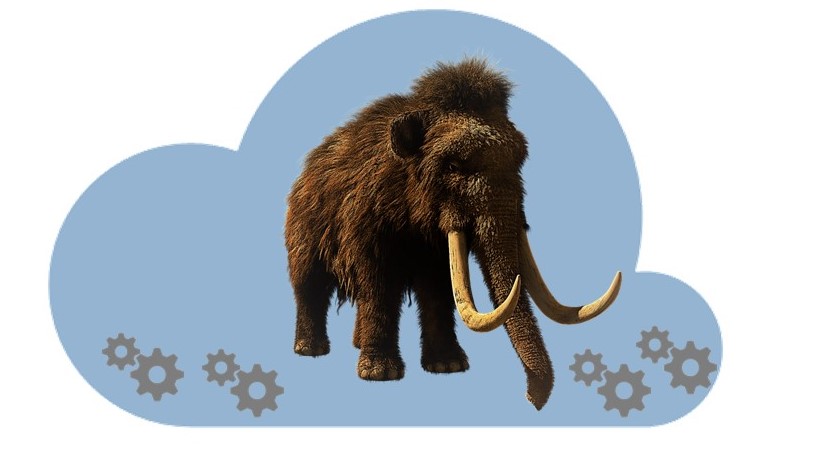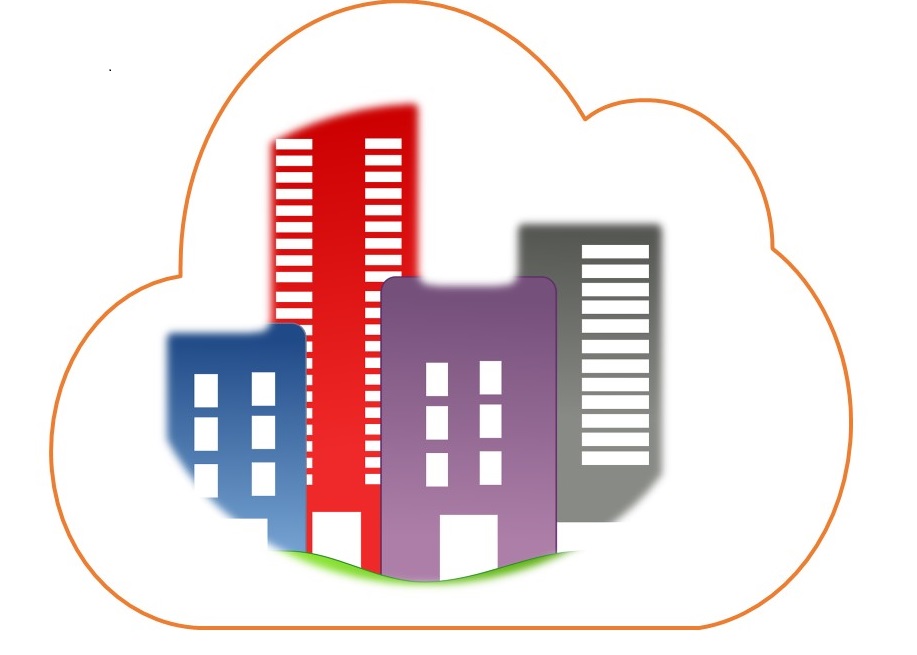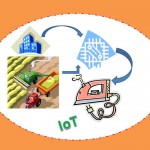The idea behind the Woolly Mammoth Project lies in re-making genes, building blocks of life, and rebuild a monolith. A similar approach can be adopted in re-hosting an application Monolith by decomposing it into micro-services and reconstructing that application functionality in a manner that is more scalable, efficient and repeatable.
Let’s take a closer look at the ‘story’. You start with a legacy application that has grown out of manageable proportions or is even outdated. Then you identify critical portions that can behave autonomous. Identify cross-cutting services like logging, caching, monitoring which can be re-purposed as individual API-exposed services. And for the core application logic – few considerations can be:
- Aggregation
- Data services
- Orchestration
- Messaging
- Integration
Such a ‘Peel & Replace’ approach can now help your organization resurrect The Monolith. While the Woolly Mammoth project may reduce carbon emissions, this new micro-services architecture can
- Help build product /releases incrementally
- Build upon existing capabilities by adding new features
- Enable faster data and quality checks
- Easily integrate any third-party products




